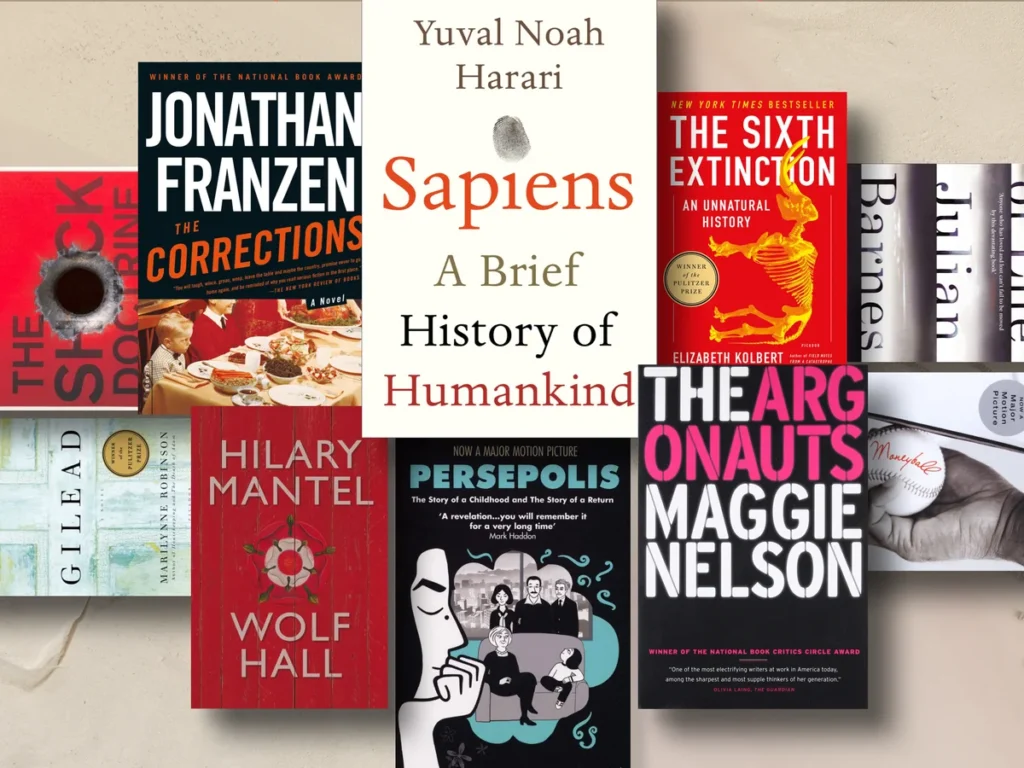Professional Editing: The Key to Every Great Book
Even acclaimed authors such as Stephen King and John Grisham rely on expert editors to bring their works to perfection. The editing process acts as a decisive game-changer that turns good writing into unforgettable stories.
Polish Your Manuscript to Perfection: How Professional Editing Enhances Your Story
A professional editor brings fresh perspective, sharpens your narrative, and ensures your work shines. Don’t underestimate the power of a polished manuscript—your readers will thank you!

Different editing styles exist to serve unique functions within the manuscript improvement process. You must evaluate your work to identify which editing stage should be your initial focus for your book.
Manuscript Critique
The high-level evaluation of your manuscript concentrates on vital aspects such as narrative voice along with plot structure and character development. Editorial feedback strengthens your story by making it both reader-friendly and true to your creative vision.
Comprehensive Edit / Line Edit
A comprehensive edit resolves structural problems like a manuscript critique and extends its scope to incorporate line editing. The editing step improves the writing style and language while refining the flow so your story communicates effectively and clearly to readers.
Copyedit
The copyediting process targets the technical elements of your manuscript by correcting spelling mistakes and grammatical issues while also checking punctuation and maintaining internal consistency. This editing stage eliminates errors and establishes a polished professional tone which prepares your manuscript for publication.
Proofread
Proofreading represents the final editing stage where the manuscript undergoes an extensive examination following its typesetting process. Proofreaders review the manuscript for awkward page breaks and minor errors while correcting formatting inconsistencies through light copyediting to prepare it for publication.

